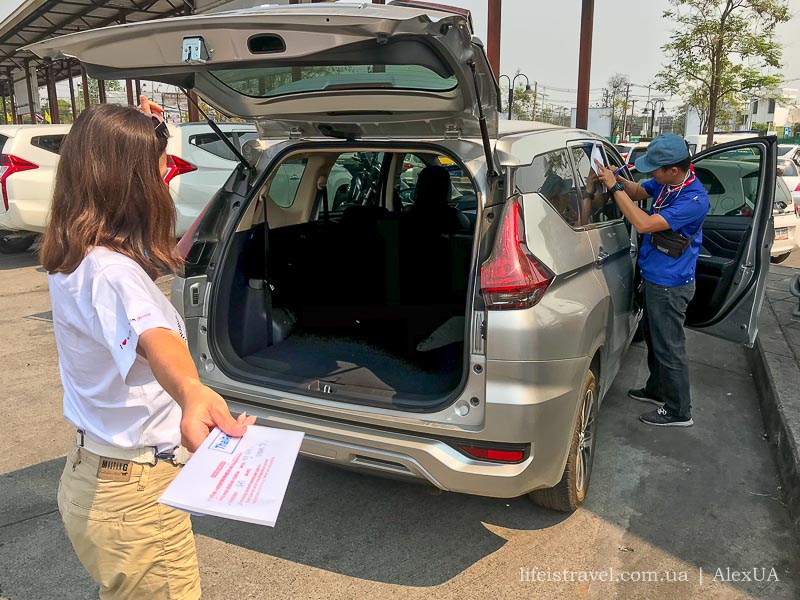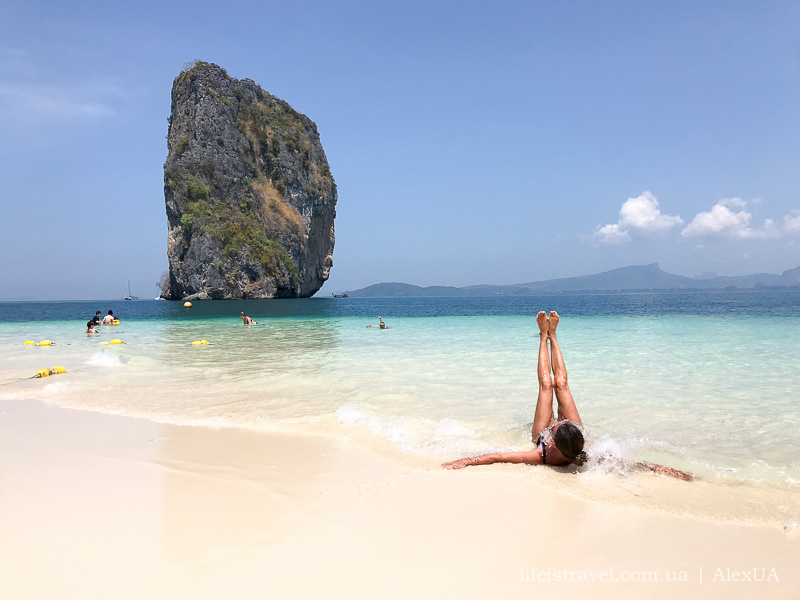Step-by-step guide to planning a vacation and travel in Thailand. How to organize a trip to Thailand independently or how to go to Thailand on your own. Everything about the weather in Thailand, where to independently look for budget accommodation and cheap flights.
While most people are choosing a model of heater for their apartment, a progressive part of travelers is considering flight options to Southeast Asia. Thailand, in particular, is the perfect choice for novice travelers and those who want to finally organize everything on their own.
Why is Thailand the best country for leisure and travel?
Why Thailand? It’s an easy question, actually. Because it’s warm all year round, in one country there is everything – skyscrapers and slums of Bangkok, incredible temples and history, this country has everything we expect from nature, maybe except glaciers and deserts.
Thailand is known for its reasonable prices. Even after 15 years since we first visited, everything has become a bit more expensive, but still affordable for the absolute majority of tourists and travelers of all ranks and ages.
Thailand is an “all in one” country. I mean that on one territory here are concentrated luxurious beaches with flour-like sand, jungles, ancient temples, bustling and very lively cities, quiet rural provinces, waterfalls, mountains, national parks, delicious street food, a huge selection of tourist accommodation – from very budget hostels to world-class hotels.
The same can be said about food — here the cuisine of most regions of the world and unique in its diversity street food. You can eat on the way to the hotel through a 7/11 store or buy something tasty on the street or dedicate the entire evening to dinner, leaving there a quite “European” amount of money.
Thailand is a quite large country, in which the north, center, and south are quite different regions. At the same time, the transportation here is much better developed than in any European, not to mention America. From any region to absolutely any region, you can get in less than a day by plane, bus, speedboat on water, or train. Fans of road trips can rent a car and explore the country on their own – from the city of Pai in the north to the island of Phuket in the south.
The weather in Thailand is created for travel even in the rainy season, which also differs from region to region. Already by the end of November, Thailand says goodbye to the rainy season and is ready to welcome tourists unlimitedly.
Unlimited, because often it seems to me that Thailand is elastic, no matter how many people come there, in the high season on most of its beaches or in national parks, you can enjoy solitude, the sea breeze, and the rustle of palm trees, sipping coconut water.
We have been here at least 7 times, and we will go again and again. We often disappeared here for months, capturing neighboring Burma or Cambodia, but there are separate materials about this. The guide or guide for beginners that I wrote is based solely on personal experience. I will give advice on moving within the country, popular routes and regions, tell you about the weather and when it is worth going to Thailand for rest or travel.
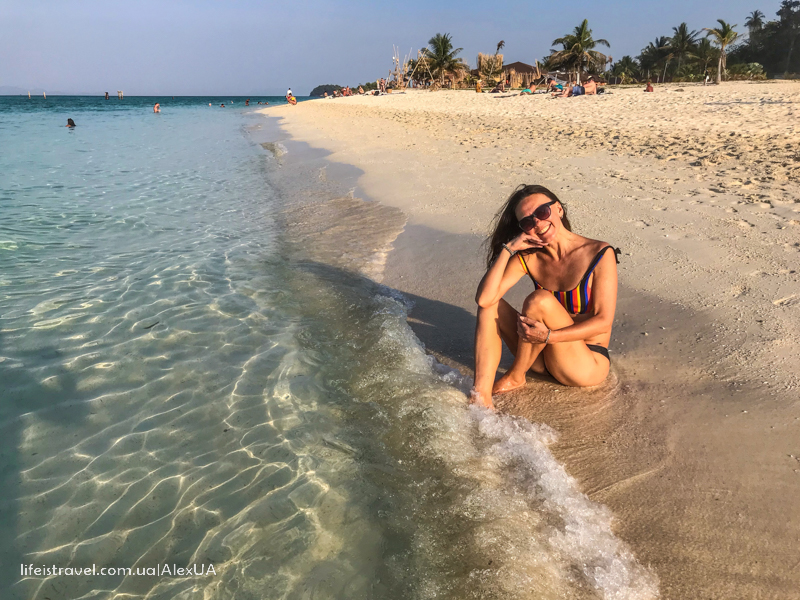
Is it difficult to plan a trip to Thailand on your own?
Many think that the farther the country is from your home, the more difficult it is to plan a vacation or trip there. It is not, and planning an independent vacation in Thailand is no more difficult than in Turkey or Poland. The approach is approximately the same with adjustments for weather and routes.
The choice of where exactly to go, which island or region of Thailand to choose for a vacation, is the main problem for those who are going here for the first time. Thailand is somewhat similar to Georgia in this regard. That is, as soon as you have been here for the first time, you are already planning a new trip. It is impossible to travel around the whole of Thailand in one go, not even in 3-5 times.
In fact, if you break down a complex task into several simpler stages, then the whole process and the task as a whole become easier. Below is a brief guide, which is enough to organize everything yourself.
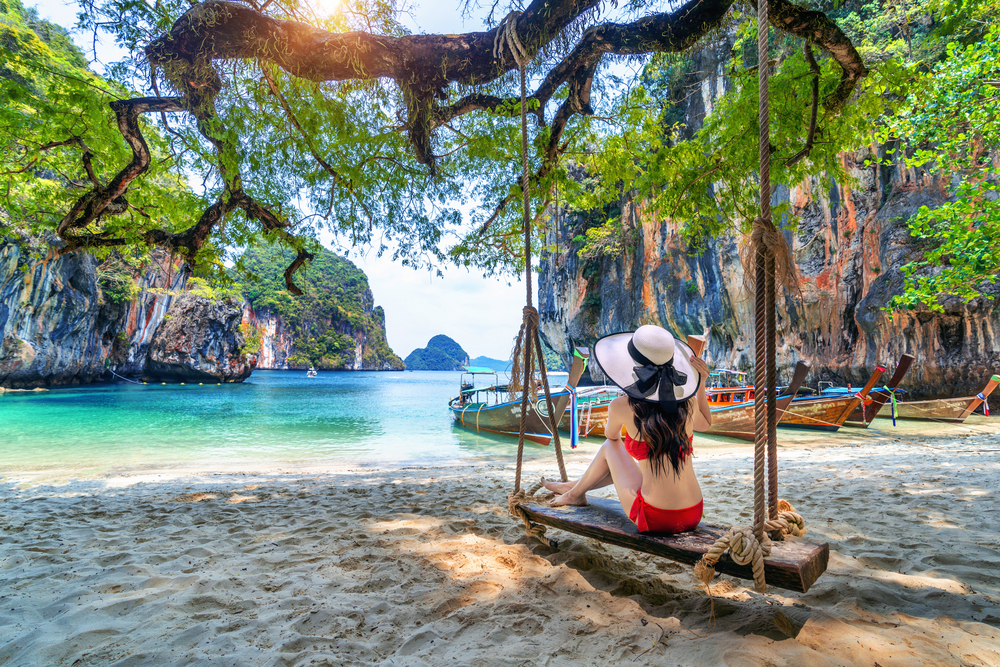
10 simple steps to plan a trip to Thailand
When to go, where to go, where to stay, visa, mobile communication, food, prices? For the convenience of planning, I divided the entire preparation for the trip into 10 stages:
Step 1: Visa to Thailand
Whether you need a visa to Thailand depends on your nationality. Citizens of Ukraine and many other countries can get a visa on arrival in Thailand. In this case, the stay is set for up to 30 days. It can be extended by another 30 days while in Thailand.
If you plan to stay in Thailand for more than a month, it is worth getting an electronic visa to Thailand without going to embassies. This can be done on the official website of Thailand. The cost of the visa is $40, and it allows you to stay in the country for up to 60 days.
Details about the visa to Thailand are written in this material. Check what official sources say about the visa to Thailand: IATA website, Timatik, website of the Thai embassy in Poland.
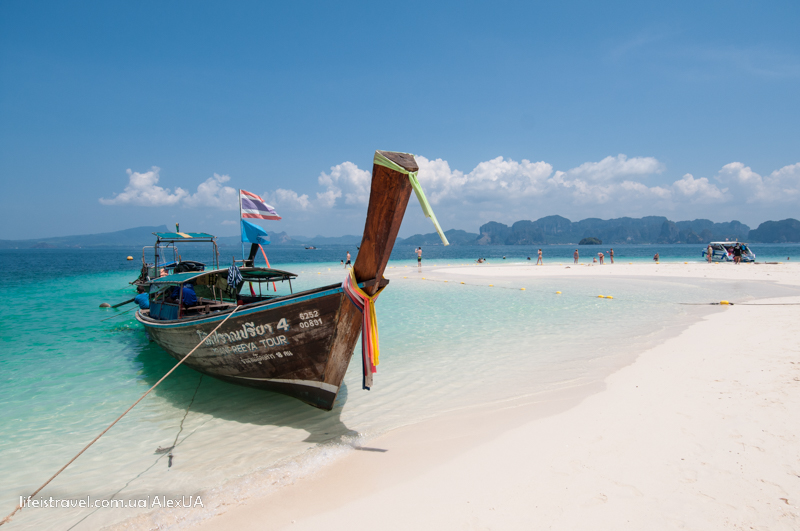
Step 2: Choose the Time for Vacation in Thailand
The best time is from early November to the end of April when there is either no rain or minimal rainfall. The water is turquoise, and the air temperature ranges from a comfortable 28-31 degrees Celsius. In April, it gets hotter, reaching up to +34 degrees. The ideal water color in the Andaman Sea is at the end of January, February, and the beginning of March.
Thailand has two monsoon seasons. The southwest monsoon season lasts from May to October and affects the West Coast. The northeast monsoon season lasts from November to March and influences the East Coast. During the monsoon season, tickets and accommodation become cheaper, allowing you to save.
Thus, from December to March, the weather is ideal for the western coast: Phuket, the coast of Krabi, Phi Phi Islands, Kao Lak, and islands in Southern Thailand like Koh Lipe and others. From July to September, the ideal weather is for the islands on the eastern coast: Koh Tao, Koh Samui, Phangan, and others.
Although we vacationed on Phangan in winter in February and only encountered rain once, on the day of departure. However, the prices were minimal. We also vacationed in Phuket at different times, including April — and also no rain.
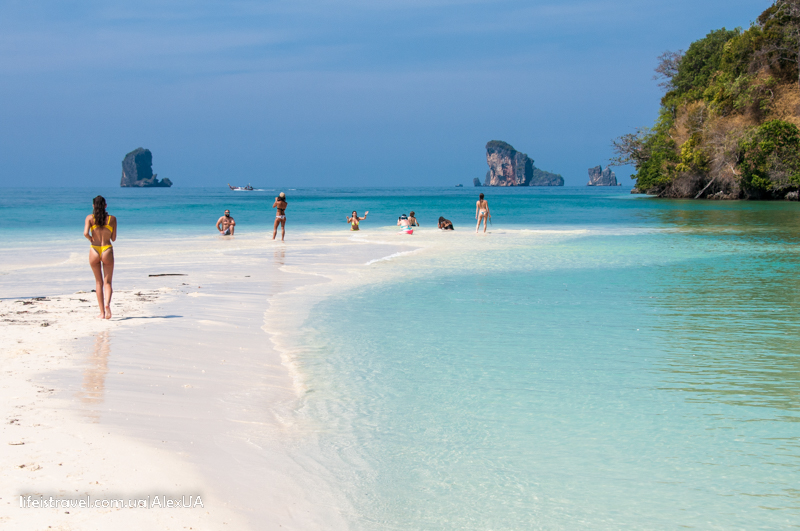
Step 3: Plan Your Budget for Vacation in Thailand
Estimate your budget, which will depend on the route, duration of the trip, and comfort requirements. Keep in mind that Thailand is more expensive than other countries in Southeast Asia. The minimum duration of a vacation in Thailand is 10-14 days. The maximum is not limited, but an approximate budget if you are:
- Budget traveler: $20–40 USD per day
- Middle-class traveler: $50–100 USD per day
- Luxury traveler: $200–400 USD per day
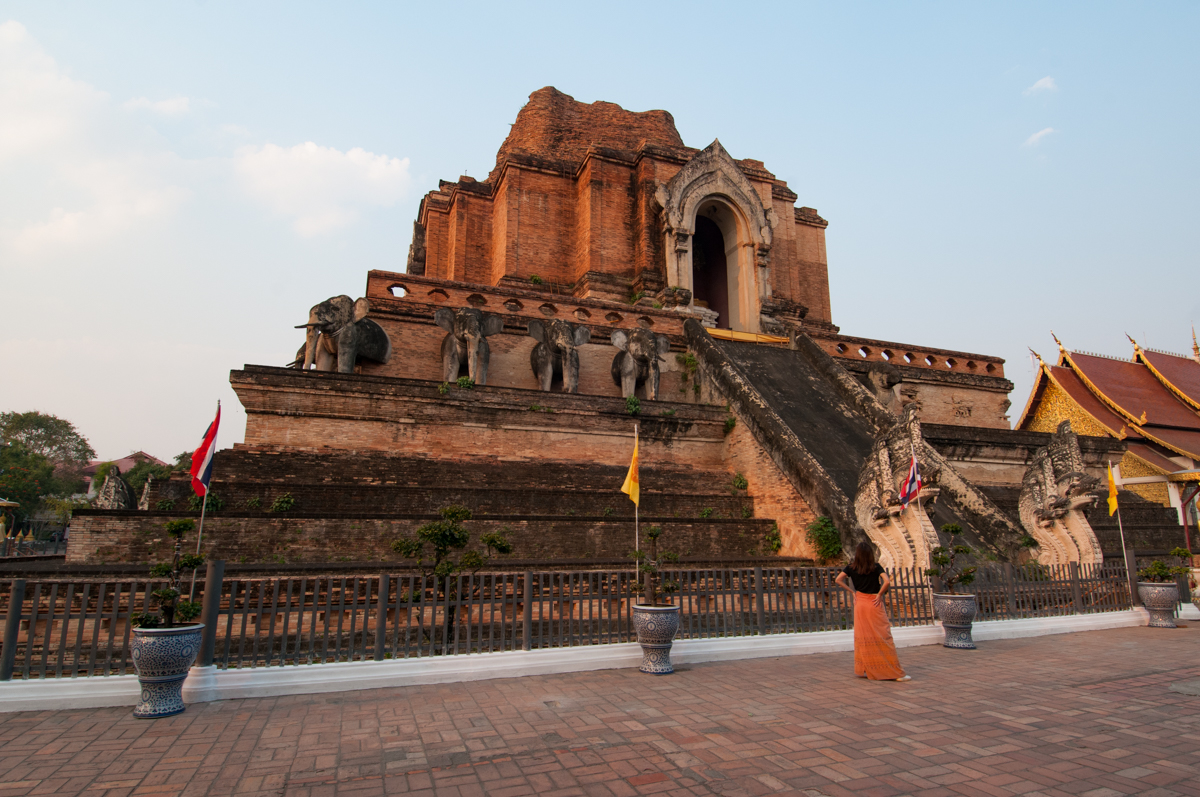
Step 4: Find and Plan Your Flight
Book and buy tickets to Thailand. The country’s gateway is the international airport in Bangkok; you can also book tickets to Phuket. Use Aviasales to purchase tickets; it offers many useful filters and the best prices.
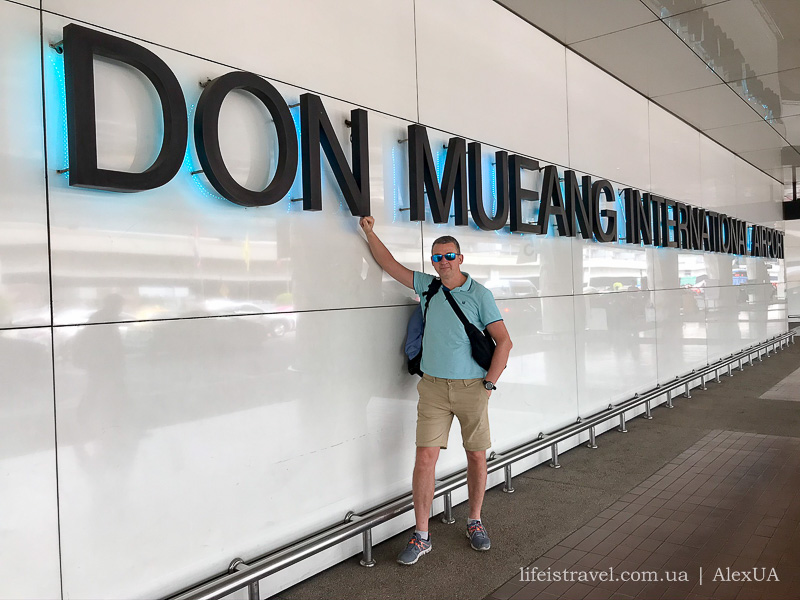
Step 5: Plan Your Travel Route
Choose between the cool North, the hot South, the Andaman Sea coast in Phuket, the Krabi coast, or the islands of Samui or Phangan. Decide what is more important for you: beach relaxation in the south, mountains and waterfalls, architectural and historical monuments in the north, and which islands you want to include in your route.
Plan your route based on your preferences, and in any case, include Bangkok in it, especially since the capital of Thailand is conveniently located between the main points of attraction.
Thailand is a very diverse and multifaceted country, and choosing a direction can be a bit of a task. I recommend not including the popular and expat-packed Pattaya in your route.
Usually, on the first visit, people go to relax on the islands of Thailand, and I understand you, I’m the same. In Thailand, there are three largest islands: Phuket, Samui, and Chang, and a dozen or so smaller but very popular islands.
I highly recommend the best route among the islands of Southern Thailand. It will take 2-3 weeks. Bangkok and the popular Phuket are also included. We have been to most famous and beautiful islands in Thailand.
Phuket — a lively island with long white beaches, washed by the warm Andaman Sea. There are almost no palm trees on it, and the island itself has a flat relief. As a result, Phuket is densely built with hotels and is very popular with tour operators and package tourists. If you need beautiful white beaches, good restaurants, and civilization, confidently choose Phuket. Moreover, there is an international airport, which greatly facilitates logistics.
Chang and Samui islands — have a mountainous relief, beautiful nature, waterfalls, and fewer tourists. Samui has an airport, but the flight there is relatively expensive; a cheaper option is a bus plus a ferry from Bangkok.
From the point of view of logistics and the convenience of internal transfers, you can also choose one of three routes, each of which is designed for 12-14 days. These routes do not involve multiple transfers and are suitable for the first time, ensuring a maximum of impressions.

Route 1: Bangkok – Phuket Island – Phi Phi Island – (Krabi)
Spend 2-3 days in Bangkok; there’s a convenient Air Asia flight to Phuket. From there, take a boat to the stunning Similan Islands, keeping in mind they are closed from May to October due to weather. Krabi’s coastline with its beautiful rocky bays is near Phuket; you can reach it by boat and return from Krabi to Bangkok. However, you can interchange Krabi with Phuket without compromising travel time and budget. You can also replace or complement Krabi’s coastline with Phi Phi Islands, accessible by boat from Phuket, spending 2 to 5 days there depending on your goals and budget.
Route 2: Bangkok – Koh Samui – Koh Tao – Koh Phangan
After Bangkok, buy a ticket to Samui; although budget Air Asia doesn’t fly there, you may have to spend on expensive Bangkok Airways (from $100 to $120 one way) or fly Air Asia to the Surat Thani coast, then take a boat to Samui and a taxi to your hotel. From Samui, independently visit the islands of Phangan and Tao, known for their splendid beaches and nature. These islands are considered a haven for hippies and non-conformists. Phangan and Tao are part of the marine natural park and are worth spending 3 days to a week, enjoying beach relaxation and diving (snorkeling).
Route 3: Bangkok – Koh Chang – Cambodia
After arriving in Bangkok, head to Koh Chang. The island doesn’t have an airport due to its mountainous terrain; the nearest airport is in Trat on the coast. From there, take a taxi or tuk-tuk to the pier, then a boat to Koh Chang.
Koh Chang is close to Cambodia and serves as a convenient location for visiting Cambodia’s famous Angkor Wat temple complex. You can either travel independently from Trat to Siem Reap by bus or hire a car with a driver. Alternatively, you can take an organized two-day tour from Koh Chang through local agencies or directly from the hotel.
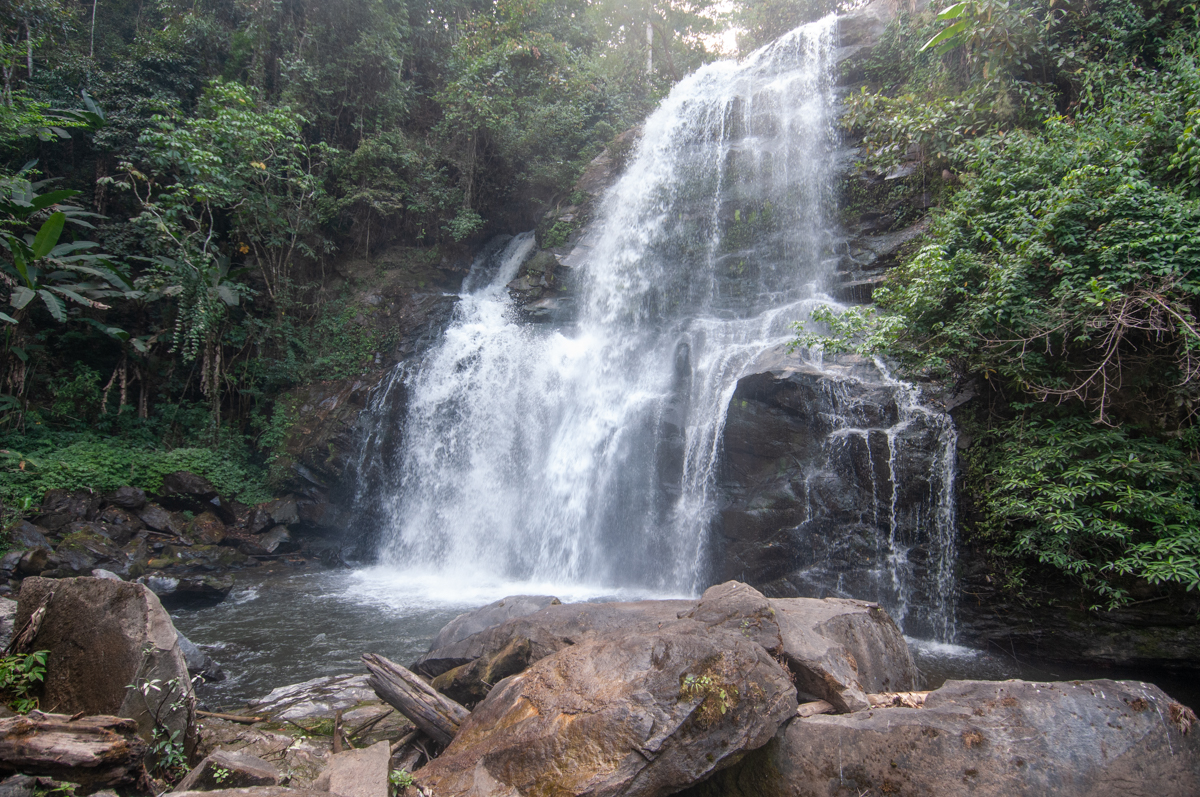
Northern Thailand Route
This route is more for those who have been to Thailand and want to discover another side of the country: mountains, temples, waterfalls, canyons, and valleys. It’s ideal to rent a car for this route.
Start from Bangkok, take a flight to Chiang Mai, rent a car, and explore the beautiful Northern Loop for several days.
Despite the absence of seas and beaches on this route, I guarantee a “wow” effect from what you’ll see. I have a detailed itinerary for this route; enjoy!

Step 6: Transportation and Internal Movements
In Thailand, it’s worth using domestic flights as they are very cheap. One of the most popular budget airlines is AirAsia, but there are others. For island hopping, the most popular transportation is speedboats or ferries. For medium distances, buses are suitable. Trains are also available, but they are more of an exotic experience in Thailand and not necessary for beginners.
Find all tickets, including low-cost flights, on the 12Go website. It has almost no alternative in Asia. On the islands, it’s convenient to use local minibuses (songthaews), and on smaller islands like Koh Lipe, there is no transport at all.
In Bangkok, the local metro and taxis work well; these are your main means of transportation in the city. In taxis, insist on using the meter (taxi meter), the price will be more favorable than negotiating a fixed sum.
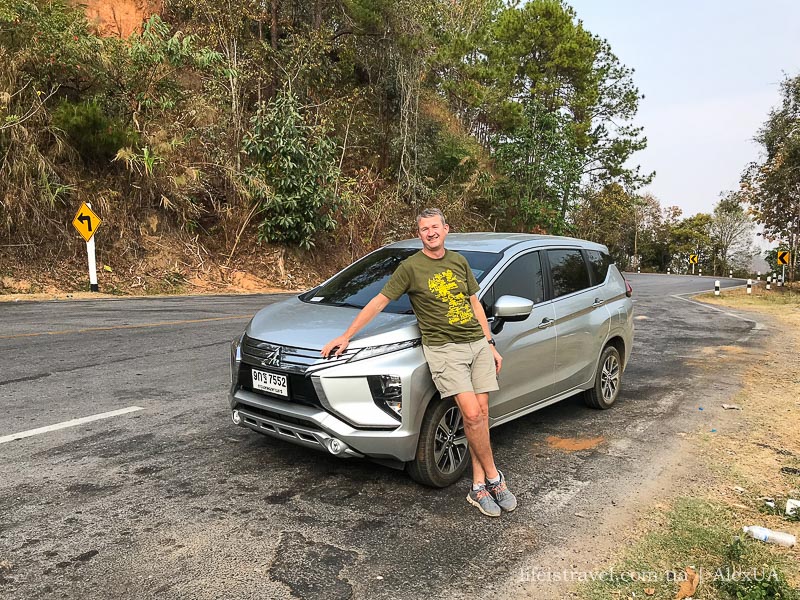
Step 7: Accommodation Booking
Book all hotels, guesthouses, resorts of any level on Booking.com or Agoda, which specializes in Asia. On these sites, you can find all types of accommodations, from budget hostels or guesthouses to luxury hotels. In Bangkok, pay attention to the district where you plan to stay. There is a good article on the city’s districts – Where to Stay in Bangkok: 7 Best Districts.
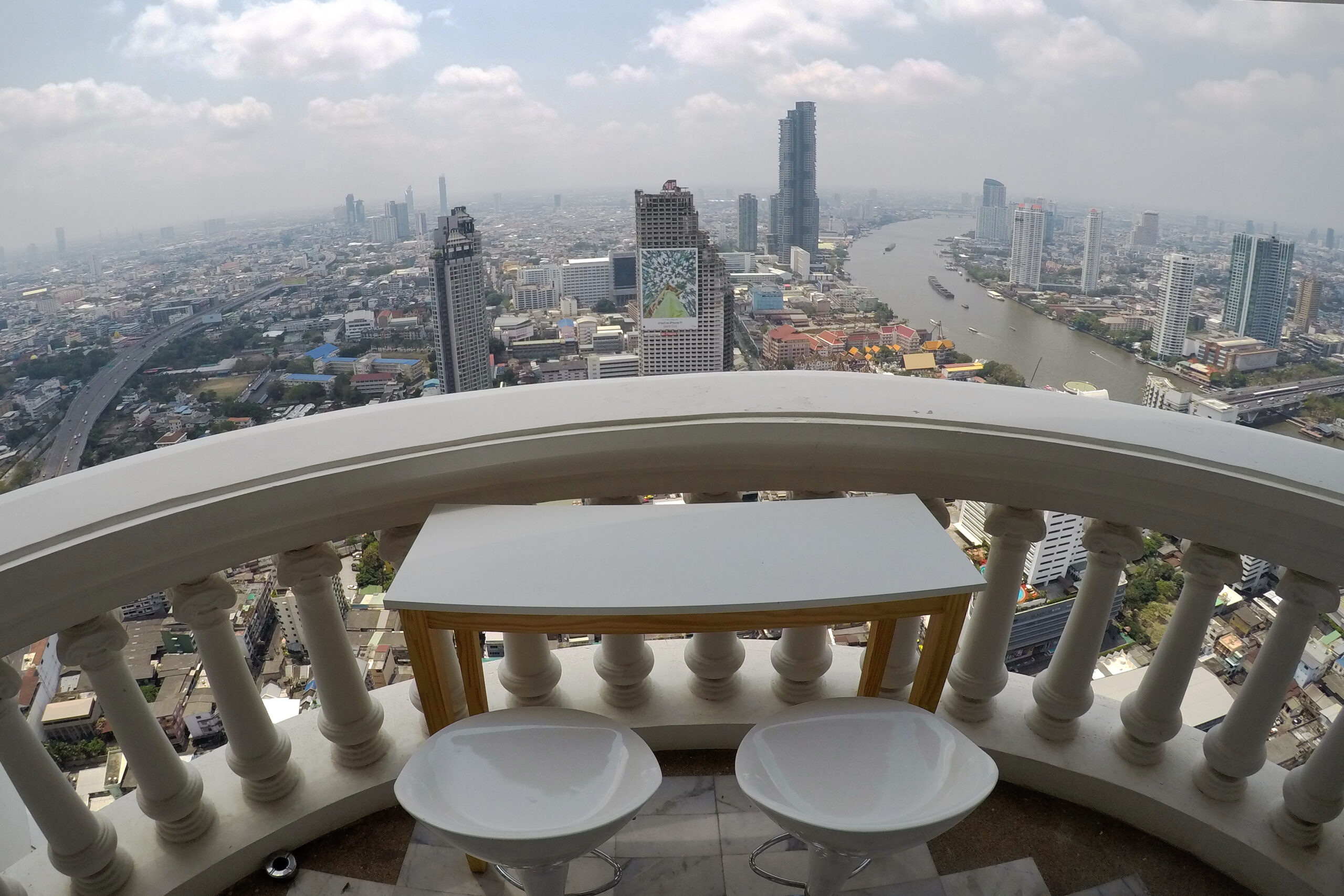
Step 8: Rent a Car (or Scooter)
I must say, this is an optional option for Thailand as the urban transport system is well-developed. We didn’t rent any transport in half of our trips here. A car is definitely needed for traveling in the northern part of the country; it’s more convenient, otherwise, you’ll have to spend on organized tours or use taxis.
It’s also convenient to explore Phuket or Samui by car. On these islands and in all other cases, you can rent a scooter or use public transport. Rent a car on LocalRent-Thailand; we had a positive experience with this platform in several countries, including Thailand. Highly recommended.
